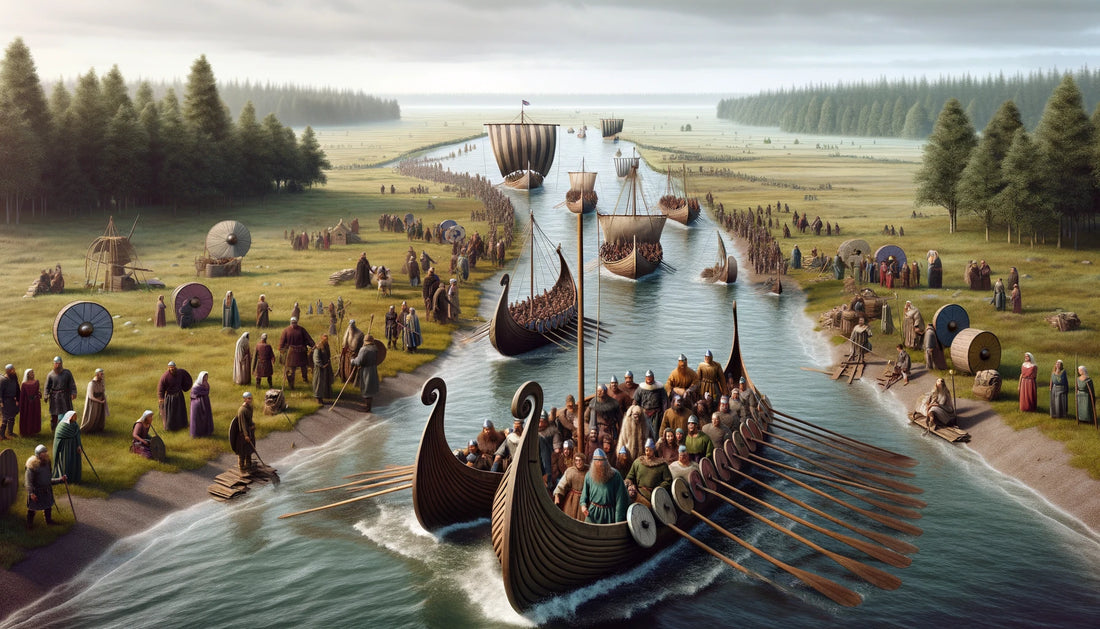
The Viking Legacy in York
Share
From Conquest to Transformation

The late 8th century heralded a period of profound transformation for the city of York. The Vikings, known primarily for their raids and maritime prowess, stormed into York in 866 AD, a strategic move that marked the beginning of a new era for the city, which they called Jorvik.
This invasion was part of the "Great Heathen Army's" wider campaign across England. Unlike mere raiders, the Vikings in York established a stable and structured settlement, profoundly influencing the region's socio-political landscape.
Transforming York into Jorvik

As Jorvik, York became one of the most important towns in the Kingdom of Northumbria. The city's location on the River Ouse offered not only natural defenses but also opportunities for trade and expansion, factors the Vikings exploited expertly.
They implemented their own governance systems, laws, and began to mint their own coins, which were a testament to their integration into the economic fabric of the region. Jorvik quickly became a bustling mercantile hub, attracting traders from across Europe.
Life in Viking York

Life in Viking York was vibrant and dynamic. The city's layout was transformed with the construction of new roads and buildings, adapting Norse architectural styles. Artifacts found in the city, from jewelry to weapons and tools, depict a community rich in culture and artistry.
The daily life of its inhabitants was a mixture of Norse customs and the existing Anglo-Saxon traditions, creating a unique cultural amalgamation that is still evident in today’s York.
Cultural and Genetic Legacy

The Vikings left a lasting imprint on York, not just culturally but also genetically. Modern studies show that the Viking legacy can still be traced in the DNA of many of York’s current inhabitants, highlighting the deep roots of Norse settlers in the area.
The Old Norse language also influenced the local dialect and place names, a legacy that enriches the English language to this day.
Discoveries and Archaeology

The excavation at Coppergate uncovered remarkably well-preserved remnants of Viking York, including houses, workshops, and everyday items that offer a window into the past. This site, now part of the Jorvik Viking Centre, allows visitors to experience Viking life through innovative reconstructions and displays.
Further archaeological digs throughout York continue to unearth new findings, shedding light on the extent of Viking settlement and their lasting impact on the region.
